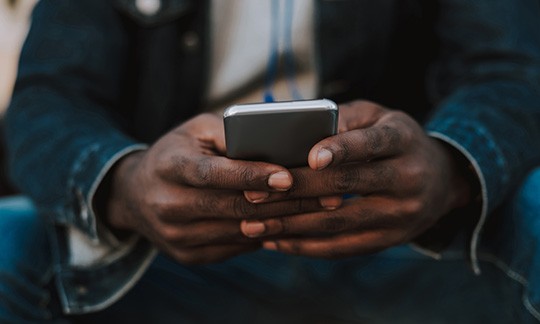
Bluetooth’s New Era: Reaching New Levels of Precision and Security
BUSINESS INSIGHT
WIRELESS | 4 MINUTE READ
Explore the evolution of Bluetooth and how testing has evolved to meet the ever-changing landscape.
Bluetooth technology has undergone a profound evolution since its early days, transforming from a simple means of data transfer into a widespread wireless technology that powers everything from audio streaming to location services and smart-home networks. As we approach 2025, with nearly five billion Bluetooth-enabled devices being sold annually, the technology is advancing beyond its traditional functionalities. The Bluetooth standard is now set to better support emerging location tracking services, which demand secure, highly accurate distance measurements.
The Importance of Location Services in Modern Connectivity
Location services are becoming an essential component of wireless connectivity standards, whether for commercial asset tracking in enterprises or for consumers who need to track personal items and securely access their vehicles or homes. Bluetooth’s ubiquity and energy efficiency make it the ideal technology for such services, and the number of Bluetooth devices supporting location-based functions is expected to grow at a 22 percent compound annual growth rate (CAGR) over the next five years. However, to keep up with technological advancements, Bluetooth required a more accurate and secure method for measuring distance than the current implementation, which relies on the Received Signal Strength Indicator (RSSI).
Channel Sounding: A Leap Forward in Accuracy and Security
Currently, distance measurements in Bluetooth Low Energy (BLE) are based on RSSI, a method that estimates the distance between two devices by measuring the relative power of a received signal. While this approach is easy to implement and provides a rough distance estimate, it has limitations—it’s prone to interference, susceptible to man-in-the-middle attacks, and lacks the precision required by modern applications.
Bluetooth channel sounding represents a significant improvement, offering enhanced accuracy and security in distance measurements. This new feature leverages a combination of phase-based ranging and time-of-flight measurements to deliver distance accuracy down to tens of centimeters . Such precision is crucial for applications like automotive digital keys, where a vehicle must accurately detect when its owner is nearby or inside, while also preventing unauthorized access.
In a Bluetooth channel sounding procedure, the vehicle and key exchange tones across multiple frequencies within the 2.4 GHz Bluetooth band. They then measure phase offsets to calculate distance. For added security, the procedure can include a round-trip-time measurement to confirm that the key is physically close to the vehicle, thus thwarting potential relay attacks.
Adapting Testing Solutions to Bluetooth’s Evolving Landscape
As Bluetooth advances, so must the testing solutions that ensure its reliability. The introduction of channel sounding has necessitated new physical layer (PHY) tests to measure phase stability and other parameters critical to the procedure. These include modulation characteristics, modulation spectrum, power ramp, and antenna switching integrity—tests that are well-supported by NI’s RFmx Bluetooth software.
Beyond channel sounding, the Bluetooth LE specification is on the brink of further changes, such as enabling higher data throughput up to 7.5 Mbps and the addition of new spectrum in the 5/6 GHz band. In this rapidly evolving environment, partnering with a knowledgeable test vendor is crucial for maintaining performance and shortening time to market.
NI’s RF solutions offer the flexibility and precision needed to perform detailed measurements and simulations, ensuring that devices meet the high standards expected of them. NI’s RFmx software provides the tools necessary to navigate Bluetooth’s complex testing challenges with automated measurements and advanced analysis capabilities. As Bluetooth technology continues to evolve, NI remains committed to innovation, offering adaptable solutions that help companies maintain quality and seize the opportunities presented by new technologies.
In the dynamic world of wireless connectivity, organizations equipped with the right tools and processes are poised to lead in the next era of Bluetooth innovation.
The Bluetooth® word mark is a registered trademark owned by the Bluetooth SIG, Inc.

